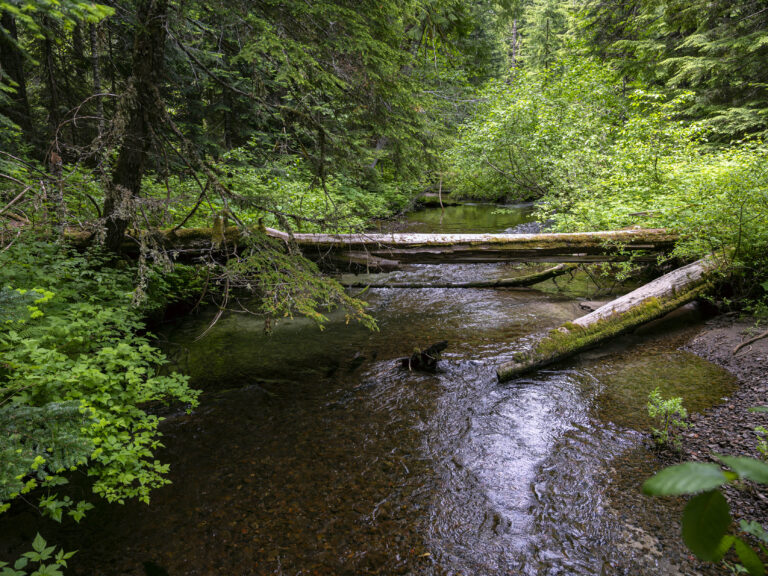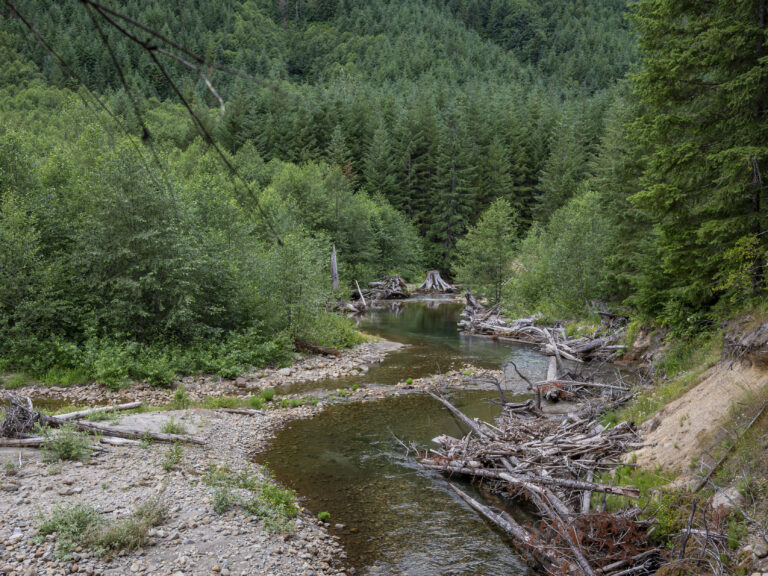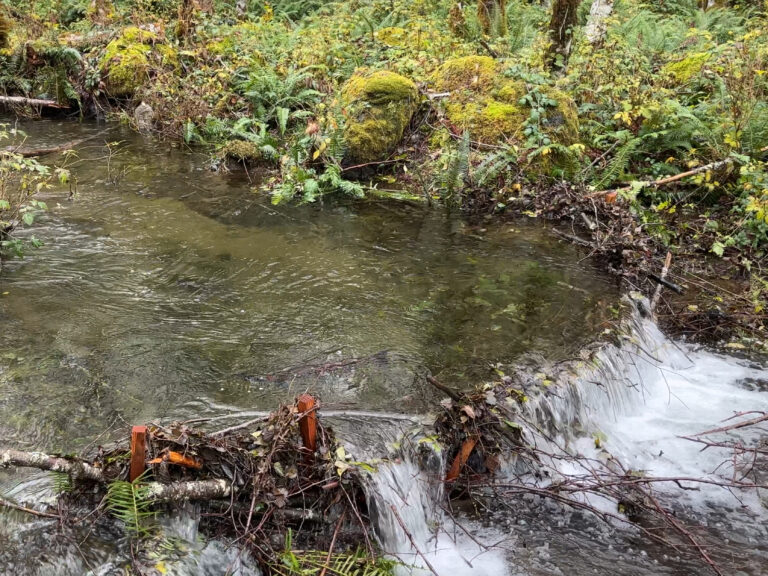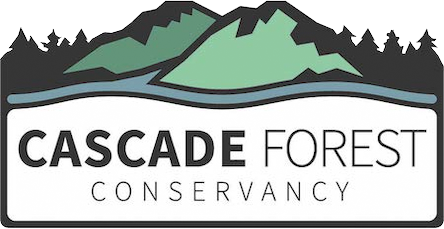Menu
Climate Resilience Guidebook
FIGHTING TO SLOW CLIMATE CHANGE & BUILDING CLIMATE RESILIENCE in the heart of the CASCADES
strategies for resilience
Climate Change is a global phenomenon, but THE impacts ARE LOCAL
To help prepare our region, we created a blueprint called the Climate Resilience Guidebook: A Conservation Plan for the Southern Washington Cascades. It is a tool intended to outline at-risk species and habitats and to identify conservation and restoration priorities that can help mitigate the impacts of climate change.
The Climate Guidebook was compiled using the latest science and our own data and expertise about the diverse ecosystems and habitats of the southern Washington Cascades. The guidebook details the specific ways climate change is likely to continue to affect areas in and around the Gifford Pinchot National Forest, as well as the conservation strategies that are needed to mitigate as much of the resulting harm as possible. We’ve made the guidebook available as a free download so that any organization, agency, or university can use the information to guide their own work in the area, to inform their studies of local ecosystems, or to create their own strategies to mitigate the effects of climate change in the regions where they work.
Read the full Climate Change Guidebook at the link below or scroll to select individual chapters.
Introduction
An introduction to the heart of the Cascades and overview of the ways climate is and will continue to impact our region.
Aquatic Ecosystems
Many aquatic species in our region, like temperature-sensitive salmon and trout, are currently relying on fragmented and degraded habitats. This section of the guidebook examines the current state of our watersheds and outlines strategies to restore habitats to give species relying on them the best possible chance to endure the added pressures caused by climate change.
Forest Ecosystems and Connectivity
The realities of climate change have begun to present new challenges to forest ecosystems across our region. The diverse forests in southwest Washington support rich biodiversity. To protect the health of our forests and the life they support, we’ve identified strategies and priorities you can review in chapter three of the guidebook.
Alpine and Meadow Ecosystems
The subalpine and alpine regions of Washington’s southern Cascades play an integral role in the makeup of the larger ecosystem and contribute to the biodiversity essential to the survival of many species in the area. But these regions depend on cold winters and mild summers. They are one of the most threatened ecosystems in our study area. The final chapter of the guidebook details the threats facing these unique habitat areas and suggests strategies to help offset the harmful impacts of climate change.
SPEAK UP FOR A SUSTAINABLE FUTURE
Since 1985, Cascade Forest Conservancy has been your voice speaking for the areas in and around the Gifford Pinchot National Forest in southwest Washington. Join the 12,000 other members who support Cascade Forest Conservancy and are making a difference now.
News & Updates

NEWS RELEASE: CFC Objects to Upcoming Timber Sale In Gifford Pinchot National Forest
NEWS RELEASE | March 25, 2024 Vancouver, WA – Cascade Forest Conservancy, a Vancouver-based conservation nonprofit, is objecting to plans for the upcoming Yellowjacket timber sale, which will occur on national forest lands in Lewis and Skamania counties east of Mount St. Helens in the Camp Creek-Cispus River and Yellowjacket Creek watersheds. The conservation group...

HISTORIC NEW PROTECTIONS FOR THE GREEN RIVER
On December 18, the Washington Department of Ecology (Ecology) announced new rules designating portions of three waterways, the Cascade River, Napeequa River, and Skamania County’s Green River, as Outstanding Resource Waters (ORWs). The new designations are the end result of a multi-year effort by several organizations, including Cascade Forest Conservancy, to safeguard some of Washington’s...

SALMON ARE ALREADY BENEFITING FROM HABITAT ENHANCEMENT AT STUMP CREEK
After building instream structures in a dry creek bed this past summer, we headed back to Stump Creek in early November to see how the structures faired following the first bout of rain. As we headed down to the project site, we saw new channels that had formed, sediment had built up behind structures, and...
Our Work
Wildlands + Connectivity
Wildlands + Connectivity
Mapping and protecting connectivity corridors between vital habitats
Climate Resilience Guidebook
Climate Resilience Guidebook
Strategies for building climate change resilient ecosystems in our region now
Volunteer Science and Education
Volunteer Science and Education
Providing volunteers one-of-a-kind opportunities to learn and make a lasting impact
The Green River Valley & Mount St. Helens: No Place for a Mine
The Green River Valley & Mount St. Helens: No Place for a Mine
Our ongoing fight to stop a disasterous open-pit mine in the shadow of Mount St. Helens (Lawetlat'la)


